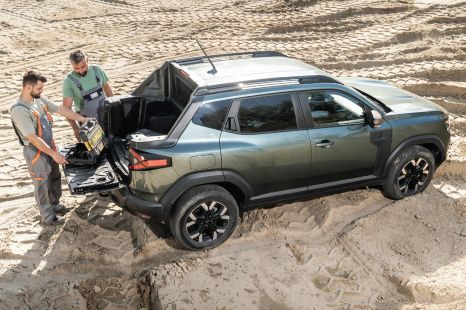

Derek Fung
Renault Duster ute revealed with a tiny tray
39 Minutes Ago

Contributor
Volvo has detailed a number of updates to its XC40 and C40 Recharge electric crossover ranges, with single-motor variants switching to rear-wheel drive.
UPDATE, 17/01/2023 – A Volvo Cars Australia spokesperson has confirmed the updated XC40 and C40 Recharge is coming to Australia, but exact timing is to be confirmed. They could be here before the end of the year.
It’s worth noting all XC40 and C40 Recharge models that are sold in Australia are currently built in China alongside the Polestar 2 electric liftback.
Two new single-motor rear-wheel drive powertrains will be offered in the XC40 and C40 Recharge, replacing the existing single-motor front-wheel drive powertrain.

This is the first time Volvo has offered a rear-wheel drive car since 1998, when it retired the flagship S90 and V90 – renamed versions of the 960.
The entry-level model’s rear-mounted electric motor produces 175kW of power, which is 5kW more than the outgoing front-wheel drive variant’s front-mounted electric motor. A torque figure isn’t provided.
Volvo claims the XC40 and C40 Recharge Single Motor RWD can do the 0-100km/h sprint in 7.4 seconds, and flat out you’ll be electronically limited to 180km/h.
The 69kWh lithium-ion battery pack carries over, with the XC40 Recharge Single Motor RWD having a claimed range of 460km according to WLTP testing, and the C40 Recharge Single Motor RWD having a claimed range of 476km. These represent increases of 35km and 38km, respectively.

These entry-level single-motor variants can DC fast-charge at a maximum rate of 130kW, and Volvo claims they will take approximately 34 minutes to go from 10 to 80 per cent.
There’s also a new Single Motor Extended Range model which has a more powerful rear-mounted electric motor producing 185kW. A torque figure isn’t provided.
Volvo claims the XC40 and C40 Recharge Single Motor Extended Range RWD can do the 0-100km/h sprint in 7.4 seconds as well.
This new variant comes with an 82kWh battery pack that boosts range in the XC40 Recharge Single Motor Extended Range RWD to 515km, according to WLTP testing, and to 533km in the C40 Recharge Single Motor Extended Range RWD.
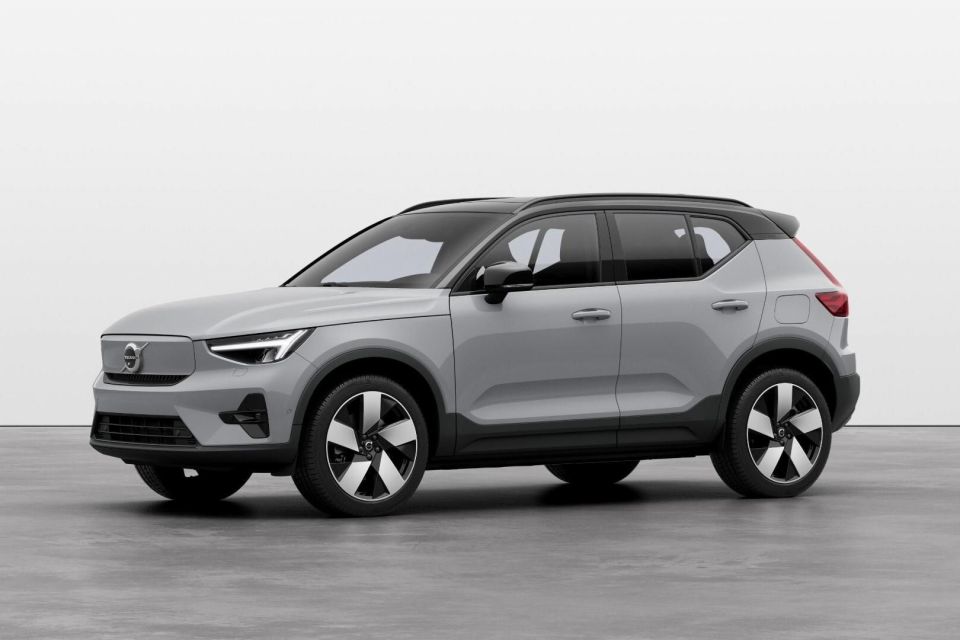
These extended-range rear-wheel drive models can DC fast-charge at a maximum rate of 200kW, and Volvo claims they will take 28 minutes to go from 10 to 80 per cent.
The last models to receive some powertrain updates are the XC40 and C40 Recharge Twin Motor AWD.
These models now receive an in-house developed permanent magnet electric motor on the rear axle that produces 183kW and a new asynchronous electric motor on the front axle that produces 117kW. Total system output power and torque figures haven’t been provided.
The outgoing dual-motor all-wheel drive powertrain in the electric XC40 and C40 used two 150kW electric motors.
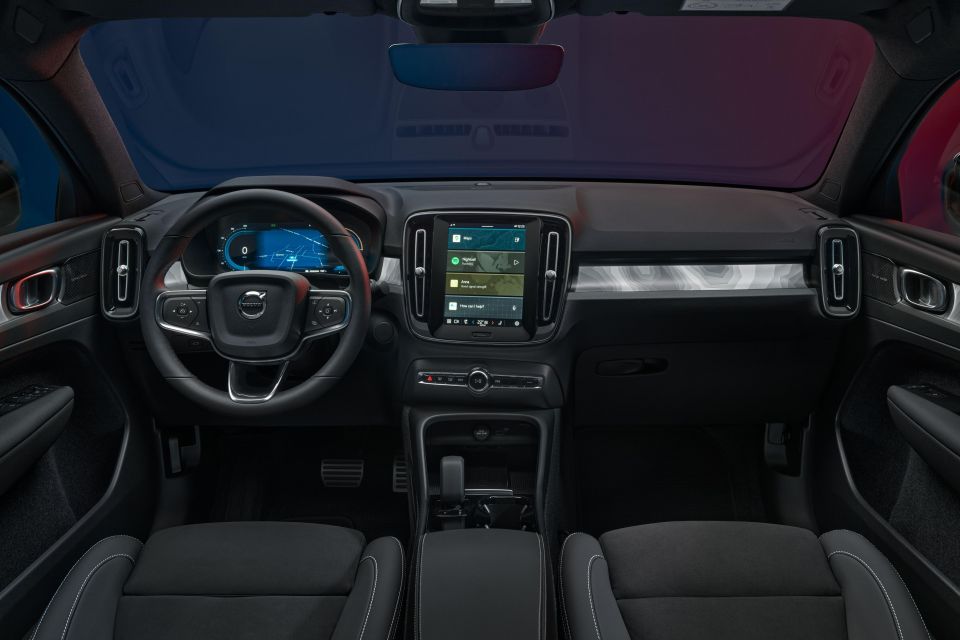
Volvo claims the updated XC40 and C40 Twin Motor AWD can do the 0-100km/h sprint in 4.9 and 4.7 seconds, respectively.
The dual-motor all-wheel drive variants also have a 82kWh battery pack with the XC40 Recharge Twin Motor AWD having a claimed range of 500km, according to WLTP testing, and the C40 Recharge Twin Motor AWD having a claimed range of 507km. These are increases of 62km and 56km, respectively.
Beyond the electric powertrain and battery changes, the Volvo XC40 and C40 Recharge now receives some exterior changes to “improve efficiency where possible”. As an example, there’s a new 19-inch alloy wheel option that’s claimed to help reduce drag.
Elsewhere in the Volvo lineup, the XC60 and XC90 plug-in hybrid (PHEV) variants now receive a new two-phase on-board charger that can charge at speeds of up to 6.4kW. It’s unclear when this change will come to Australian-market vehicles.
MORE: Everything Volvo XC40 MORE: Everything Volvo C40
Where expert car reviews meet expert car buying – CarExpert gives you trusted advice, personalised service and real savings on your next new car.
Jack Quick is an automotive journalist based in Melbourne. Jack studied journalism and photography at Deakin University in Burwood, and previously represented the university in dance nationally. In his spare time, he loves to pump Charli XCX and play a bit of Grand Theft Auto. He’s also the proud owner of a blue, manual 2020 Suzuki Jimny.


Derek Fung
39 Minutes Ago
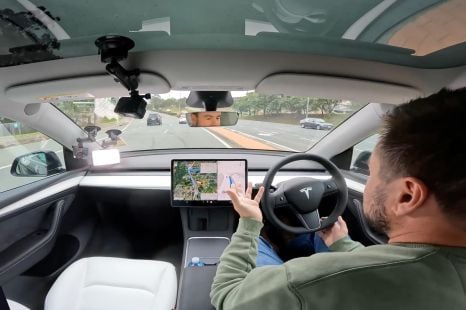

William Stopford
7 Hours Ago
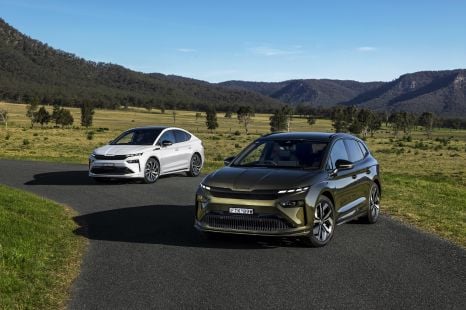

Max Davies
14 Hours Ago


Max Davies
14 Hours Ago


Ben Zachariah
15 Hours Ago


William Stopford
15 Hours Ago